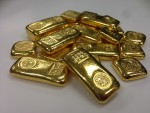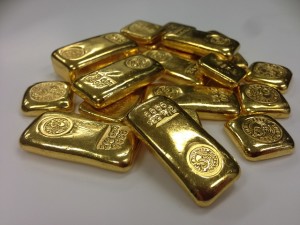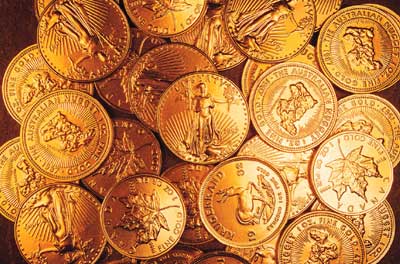“It’s a new dawn, it’s a new day.” —Nina Simone
Those lyrics from the timeless Nina Simone song Feeling Good certainly draw a parallel to the present state of gold.
After a rough couple of years, gold begins 2015 with a clean state. It will take time to shake off its hangover, but the yellow metal is looking good early into the new year.
Of course, gold still has its fair share of critics. Willem Buiter, chief economist at Citigroup, recently referred to gold as a “shiny bitcoin.” Refuting such a ludicrous statement isn’t worth the digital ink. Instead, we’ll keep it short and simply say: Such a statement ignores 6,000 years of human history.
Not all gold bears are as controversial. Most analysts pessimistic about gold’s near-term outlook cite the strong dollar, rising interest rates, and deflated energy prices as headwinds, though we would argue that each of these factors actually reinforces the need to hold gold… but that’s a discussion for another day.
Rather, let’s take a look at what some of the sharpest financial minds are saying about gold:
• In terms of gold price expectations, it appears that the repair of technical picture is now behind us and that a stable bottom has formed. The next 12-month price target is the USD 1,500 level. Longer term, a parabolic trend acceleration, with a long-term target of USD 2,300 by the end of the cycle.—Ron Stoferle, Incrementum Lichtenstein
• In the long term, however, I am more bullish on the gold price than I have ever been. All central bankers want inflation, and one day they will get it. Betting on inflation is the surest thing I have ever bet on in my life.—Pierre Lassonde, Chairman of Franco-Nevada (FNV)
• The lengthy bottoming process in gold seems to be nearing its close. The conditions that led to a decade-long rise in the gold price in 1999 are quite similar to today. Gold is not just ignored but hated by mainstream investors—it’s the Rodney Dangerfield of investment concepts.—John Hathway, Comanager of Tocqueville Gold Fund
Optimism about gold is also showing up where it matters most: the spot price. Gold has climbed nearly 12% since its November low and is off to its hottest start since 2008. Last week’s surprise announcement by the Swiss government to sever its peg to the euro provided the latest boost. It’s yet another reminder to own gold, the only asset that isn’t somebody else’s liability. We see this as a recurring theme in 2015.
Article originally posted in the January issue of Smart Metals Investor at HardAssetsAlliance.com.







